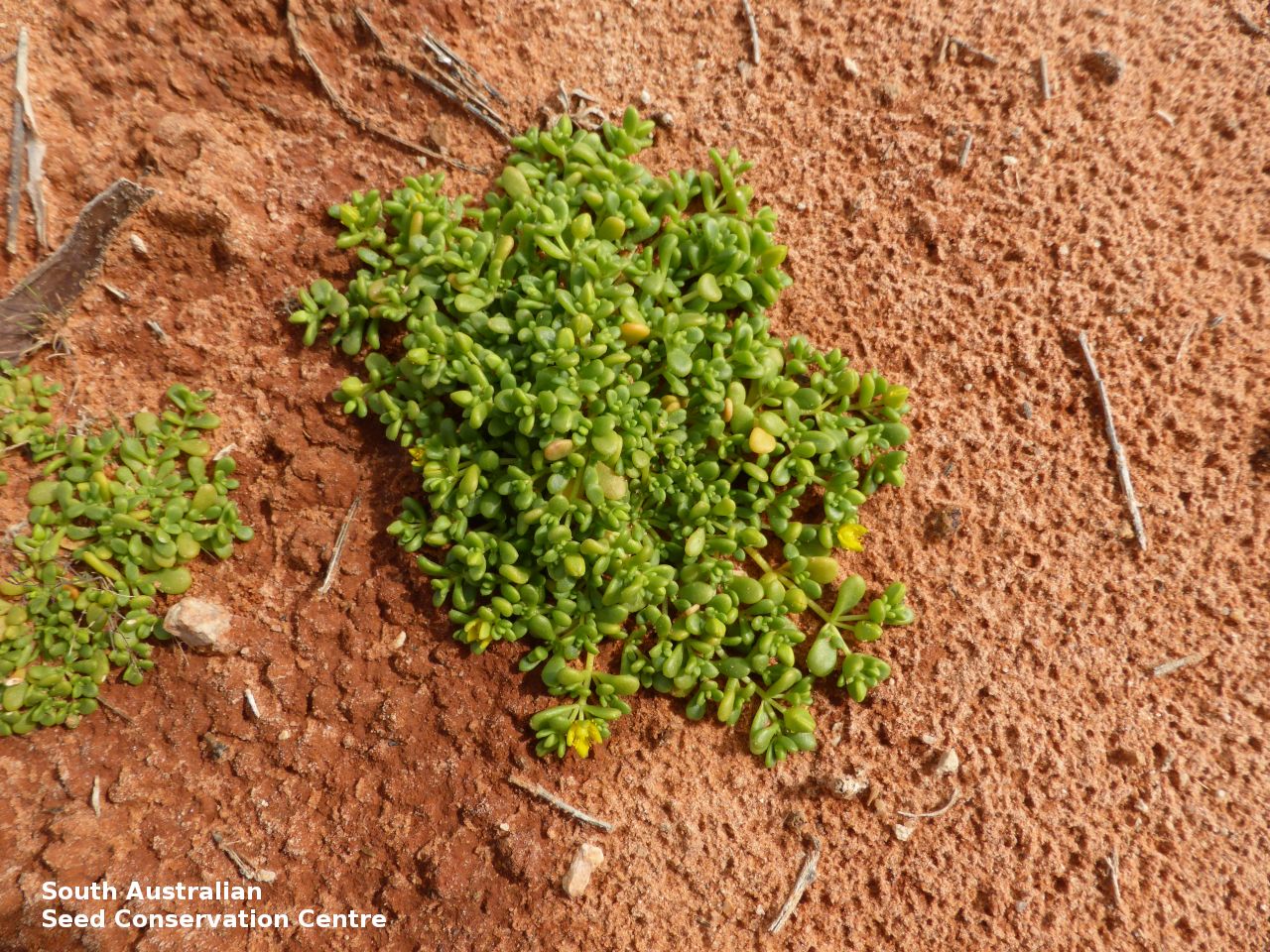
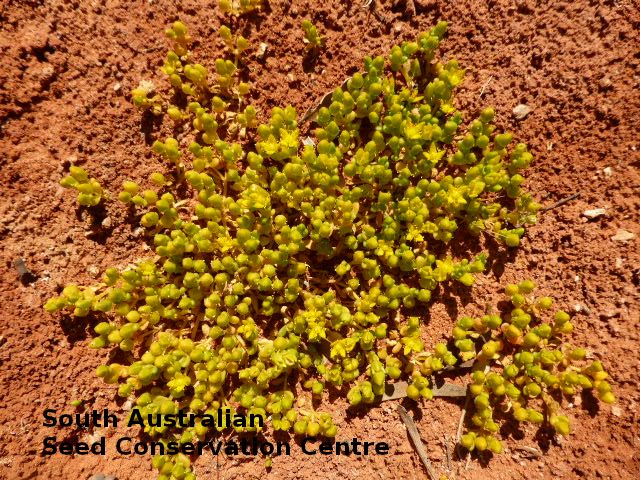
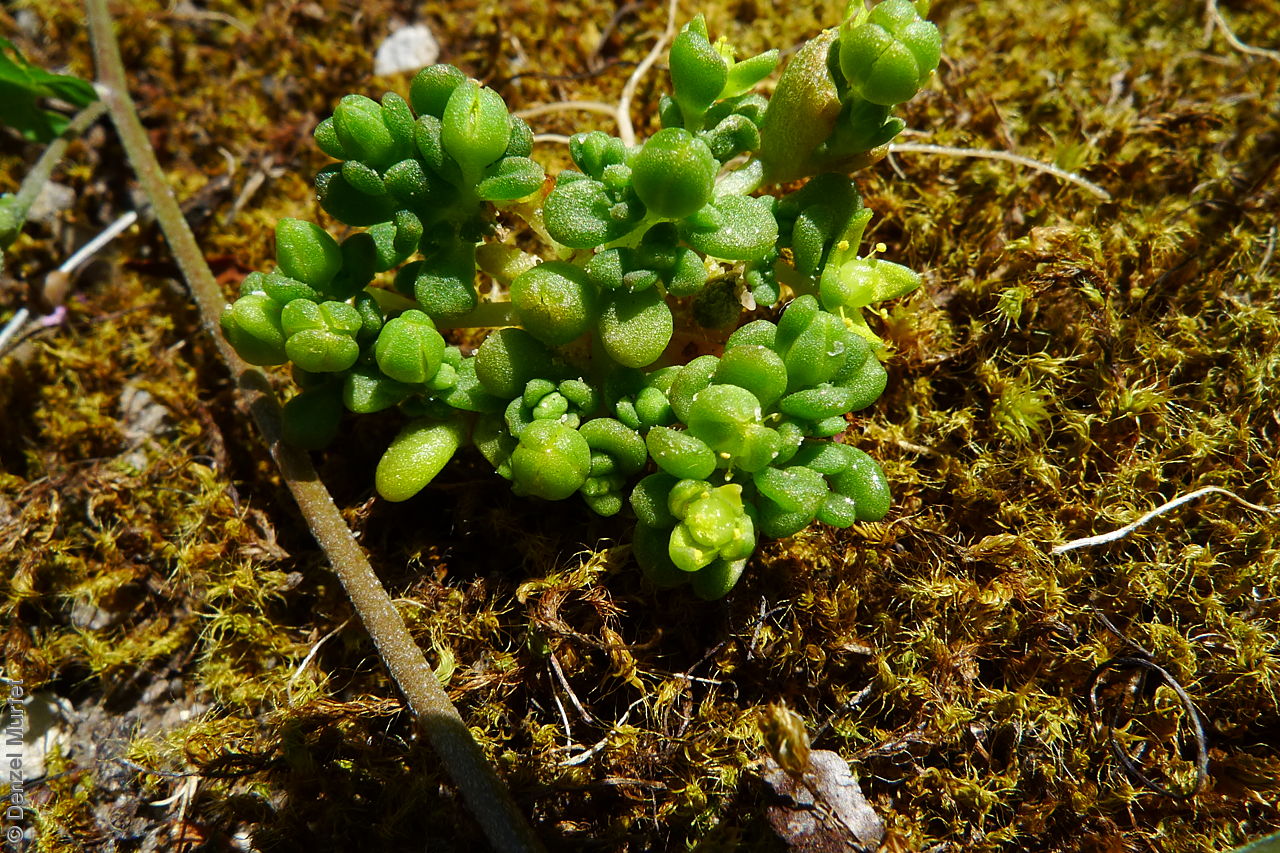
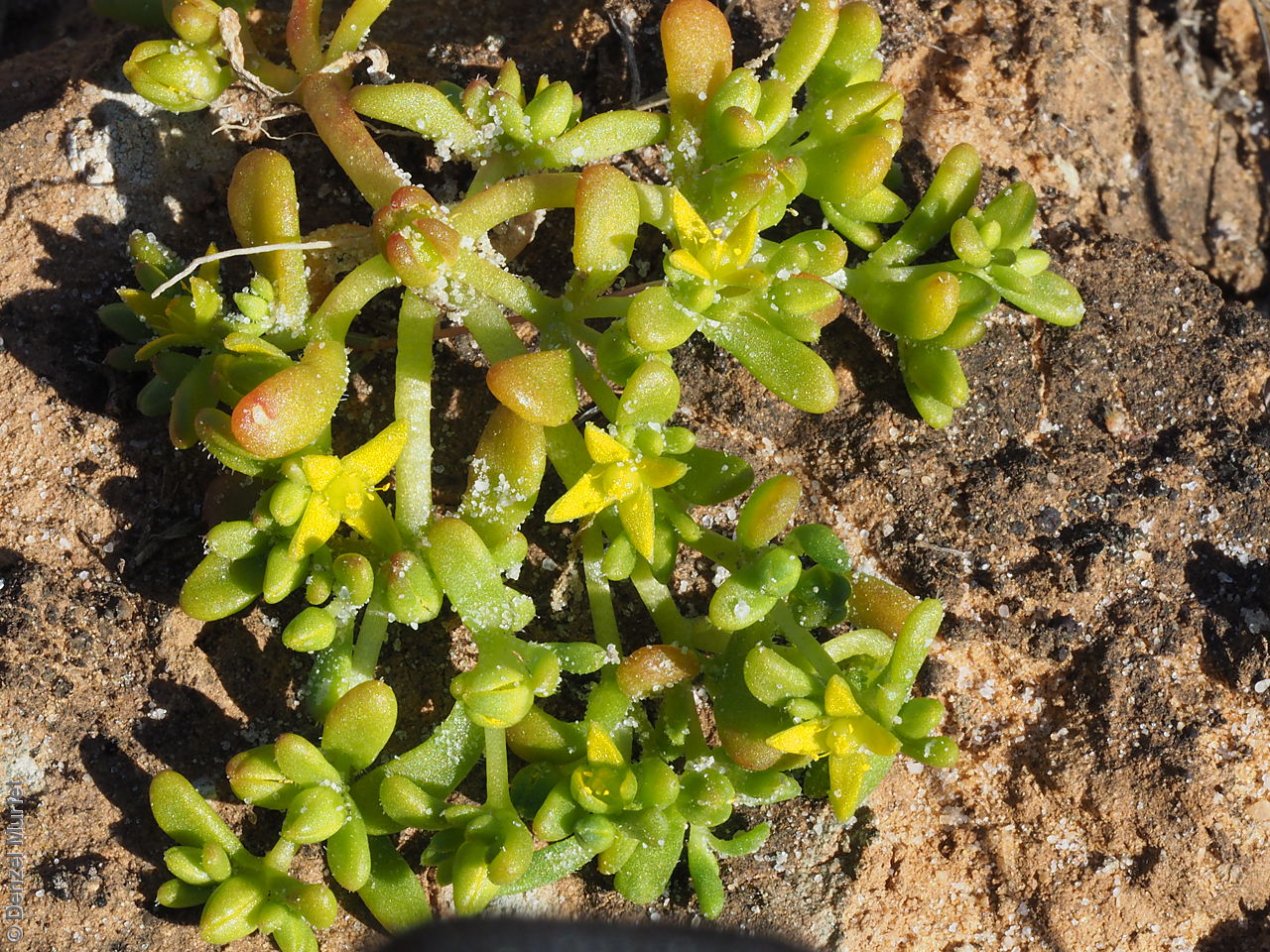
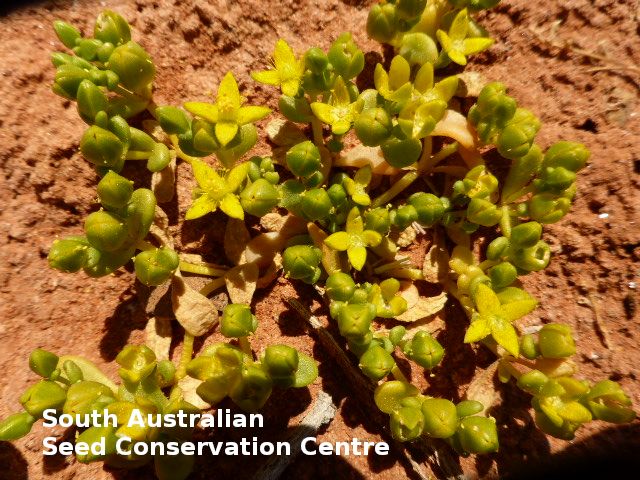
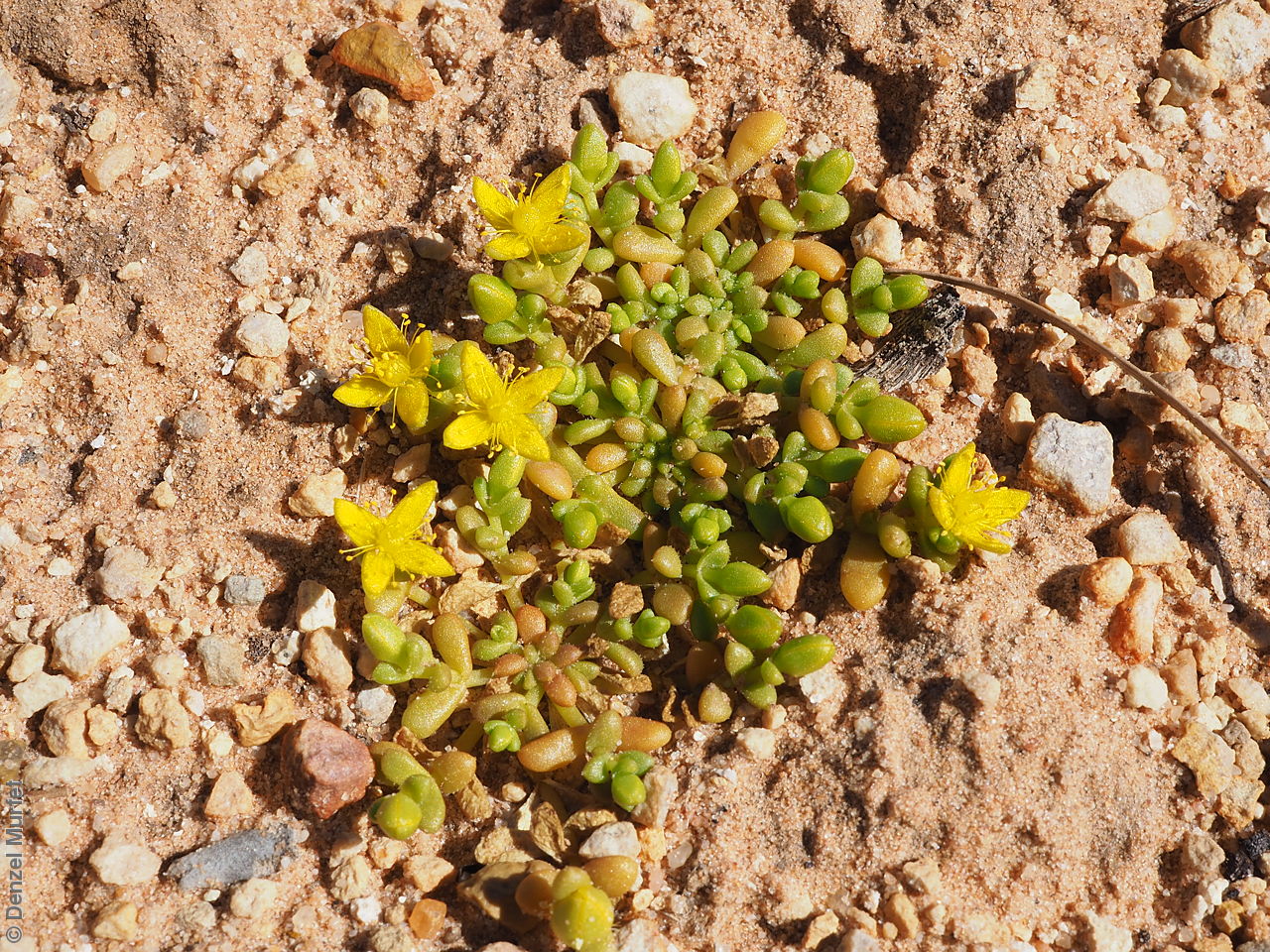
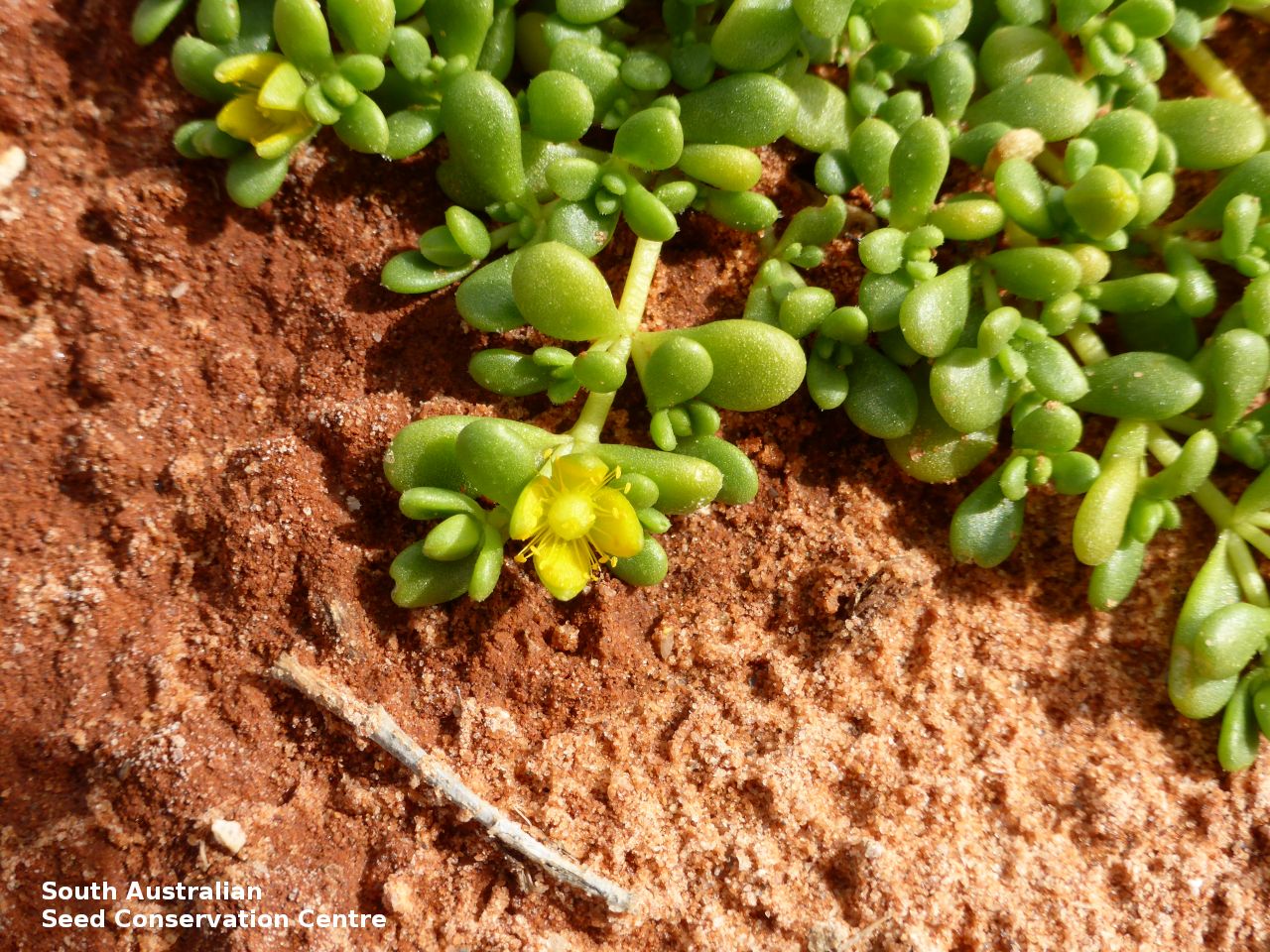
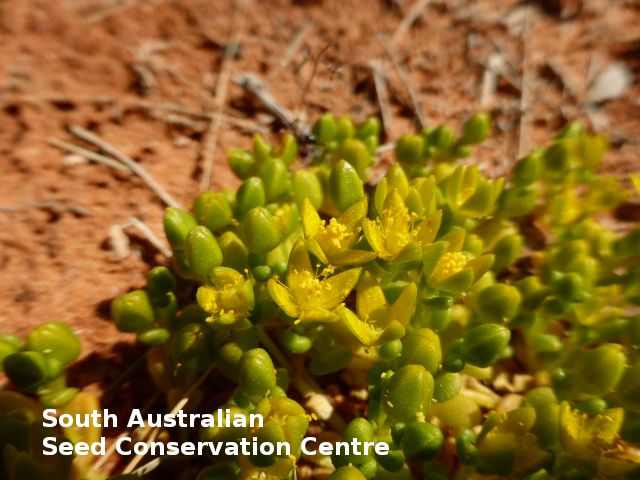
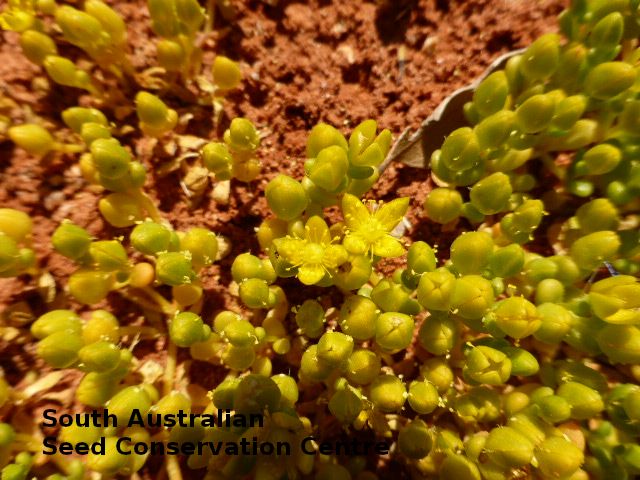
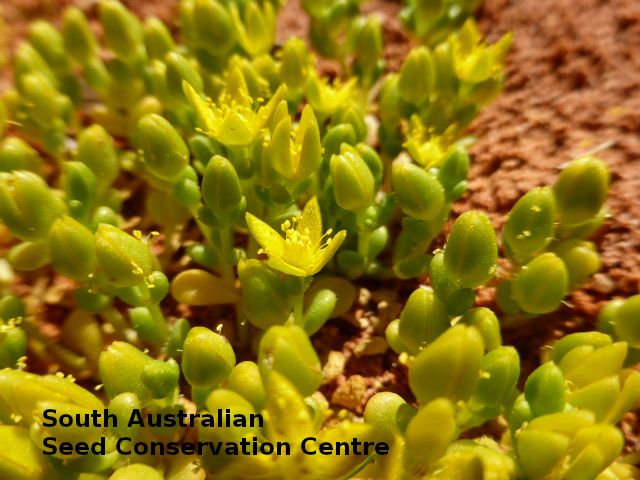
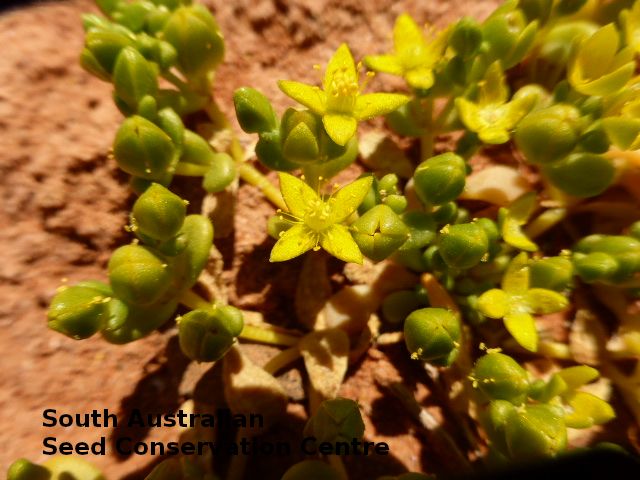
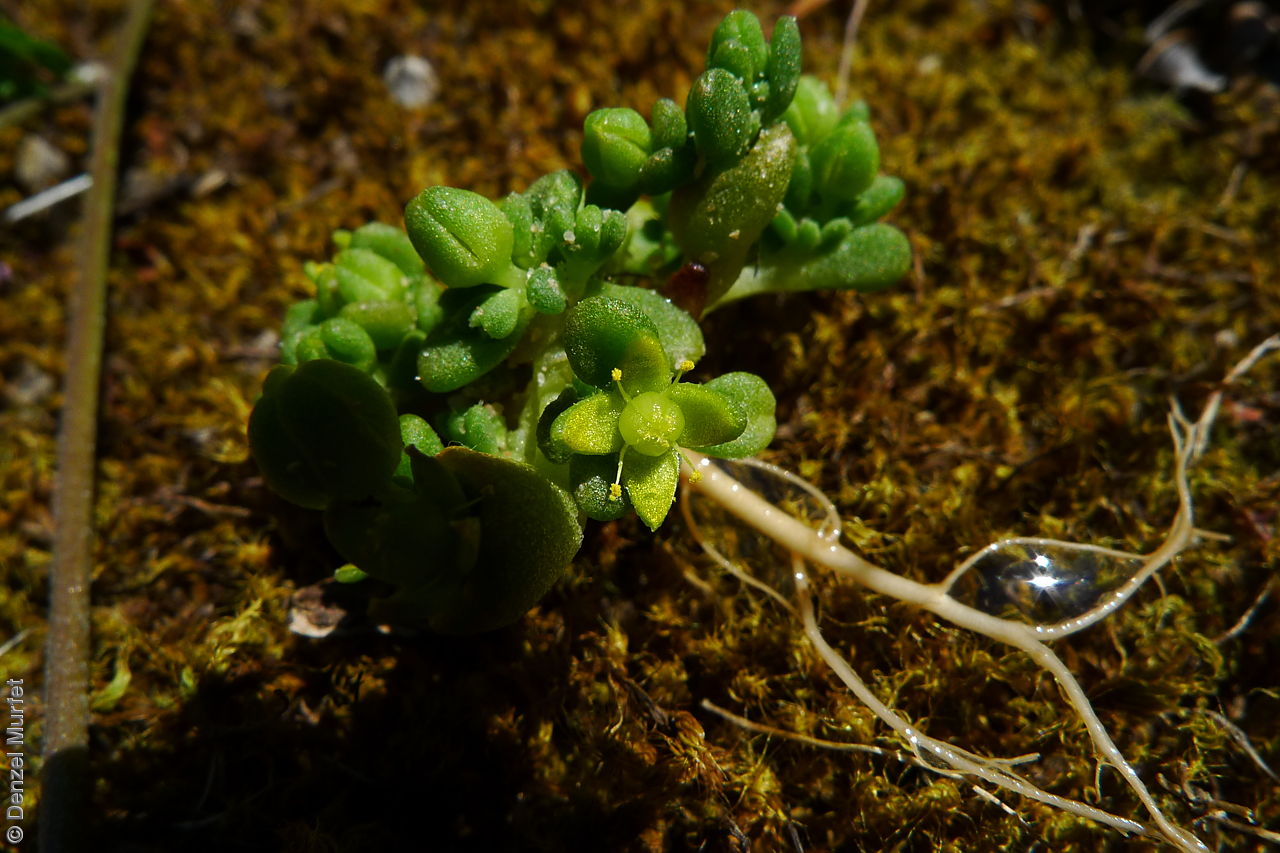
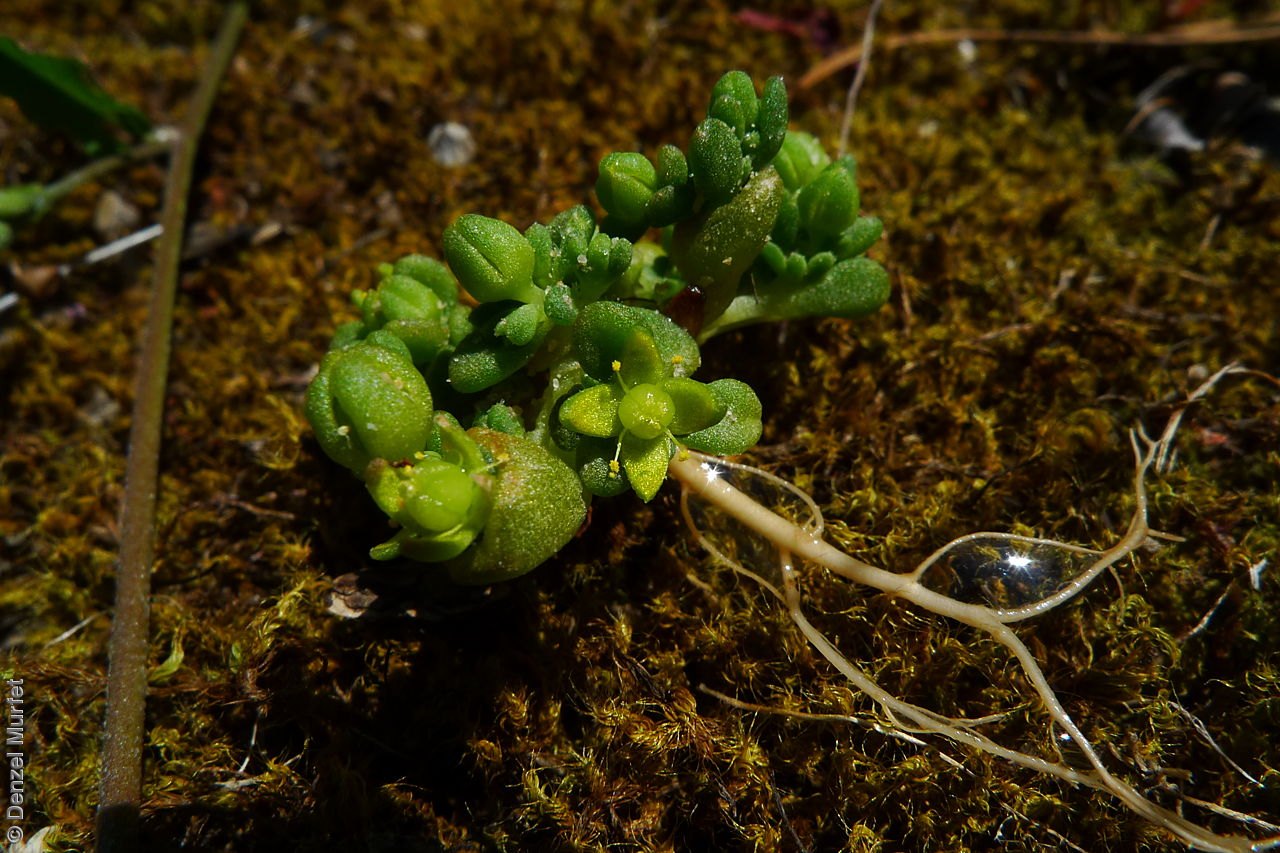
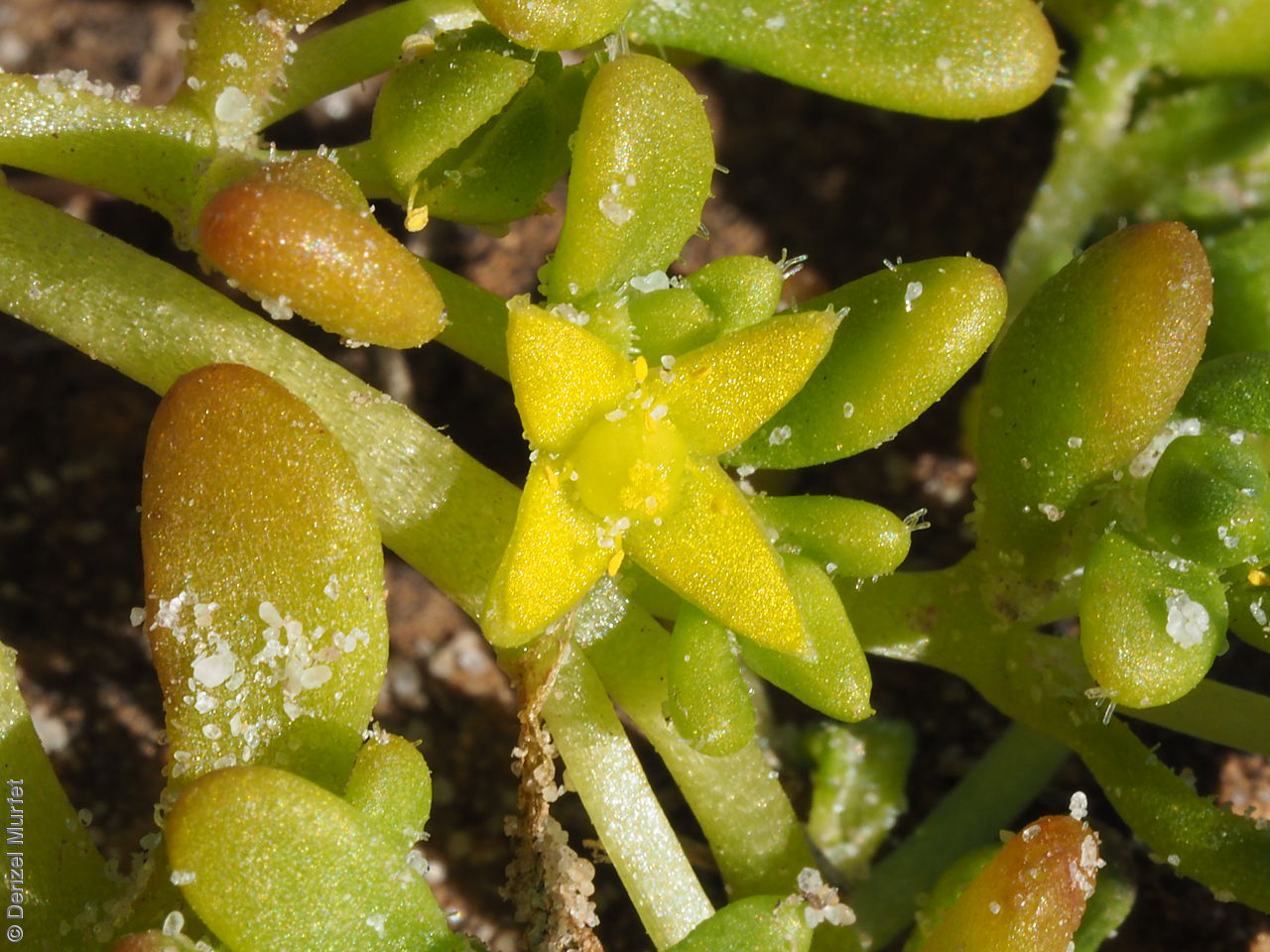
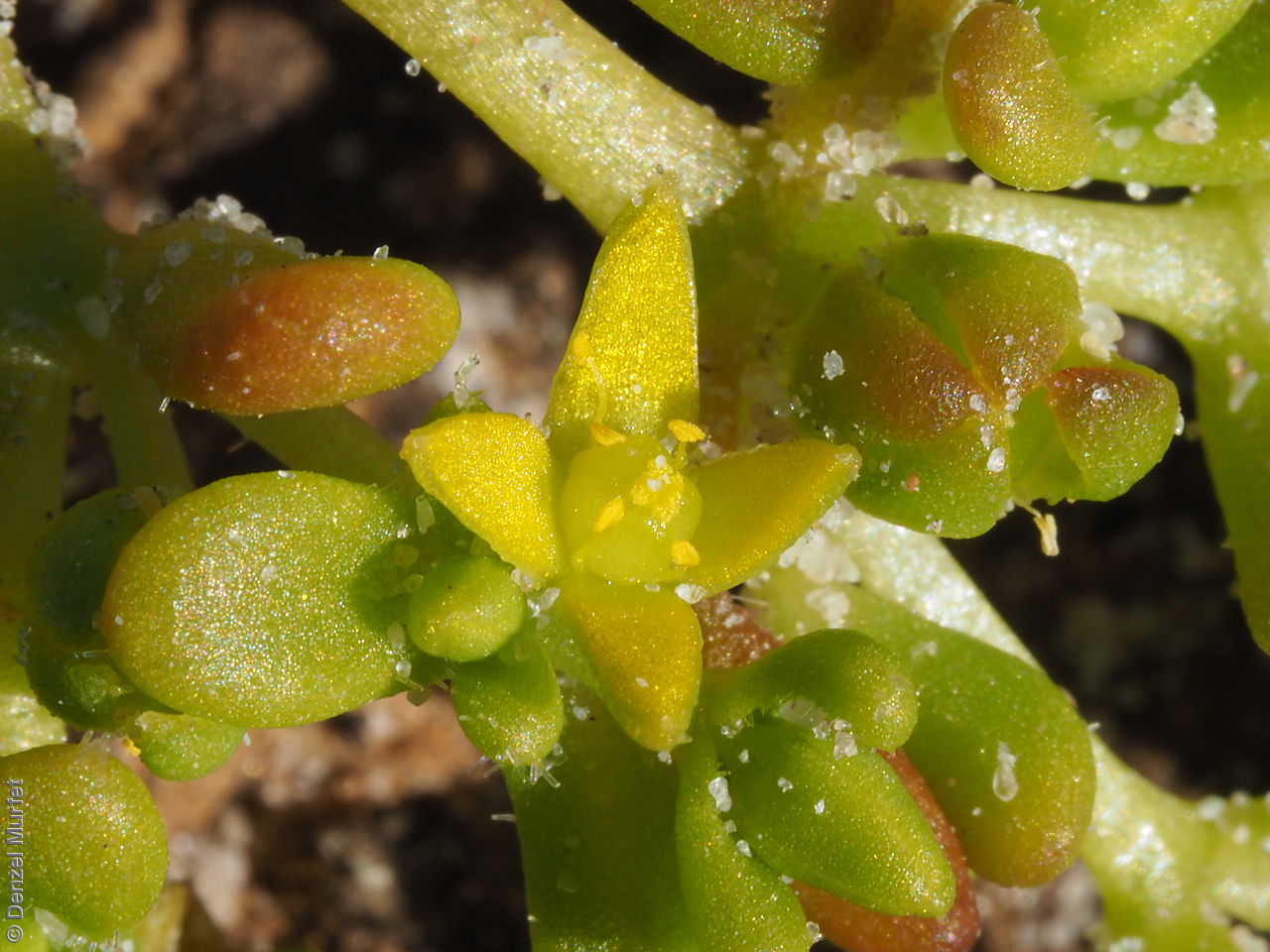
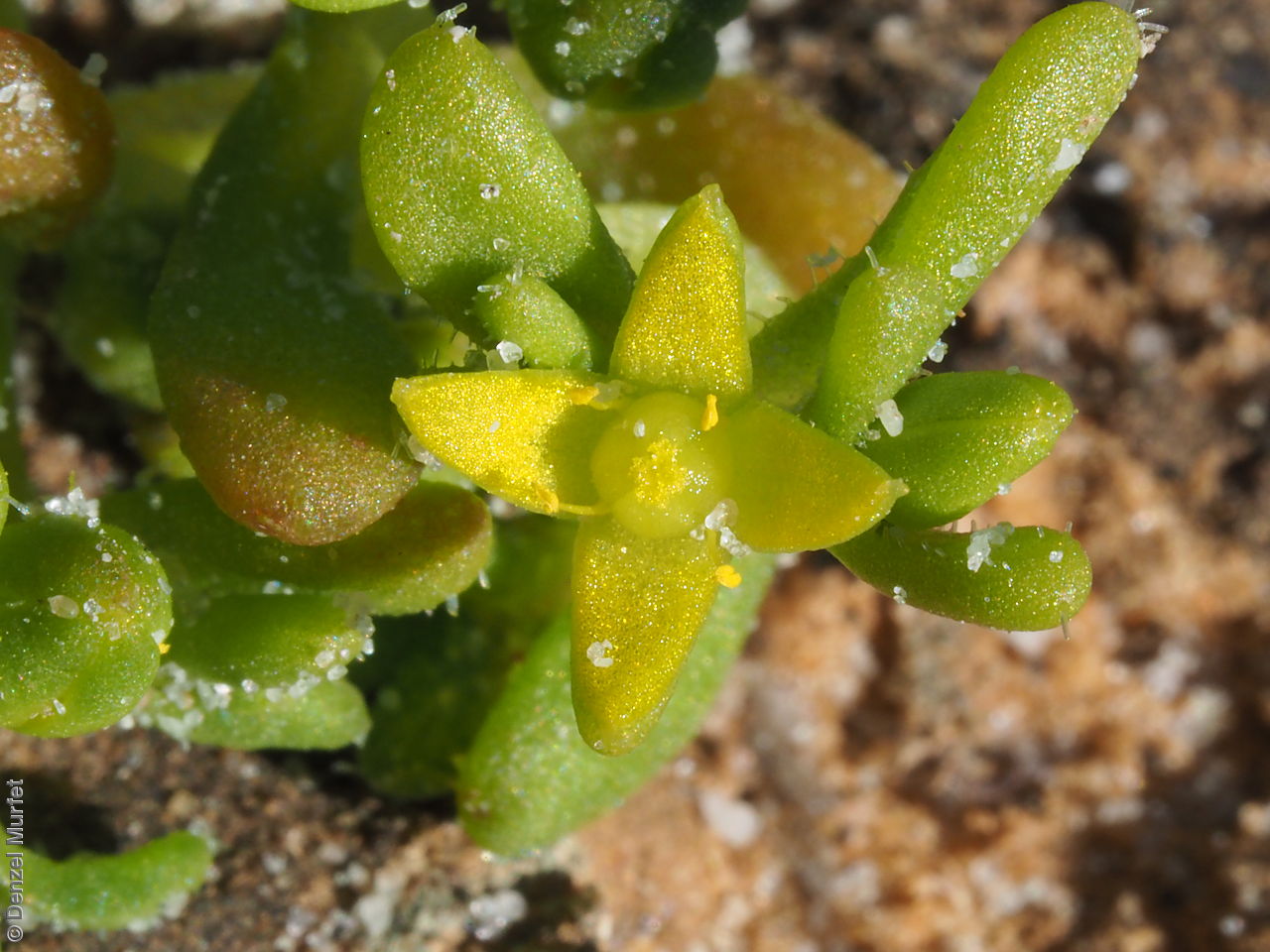
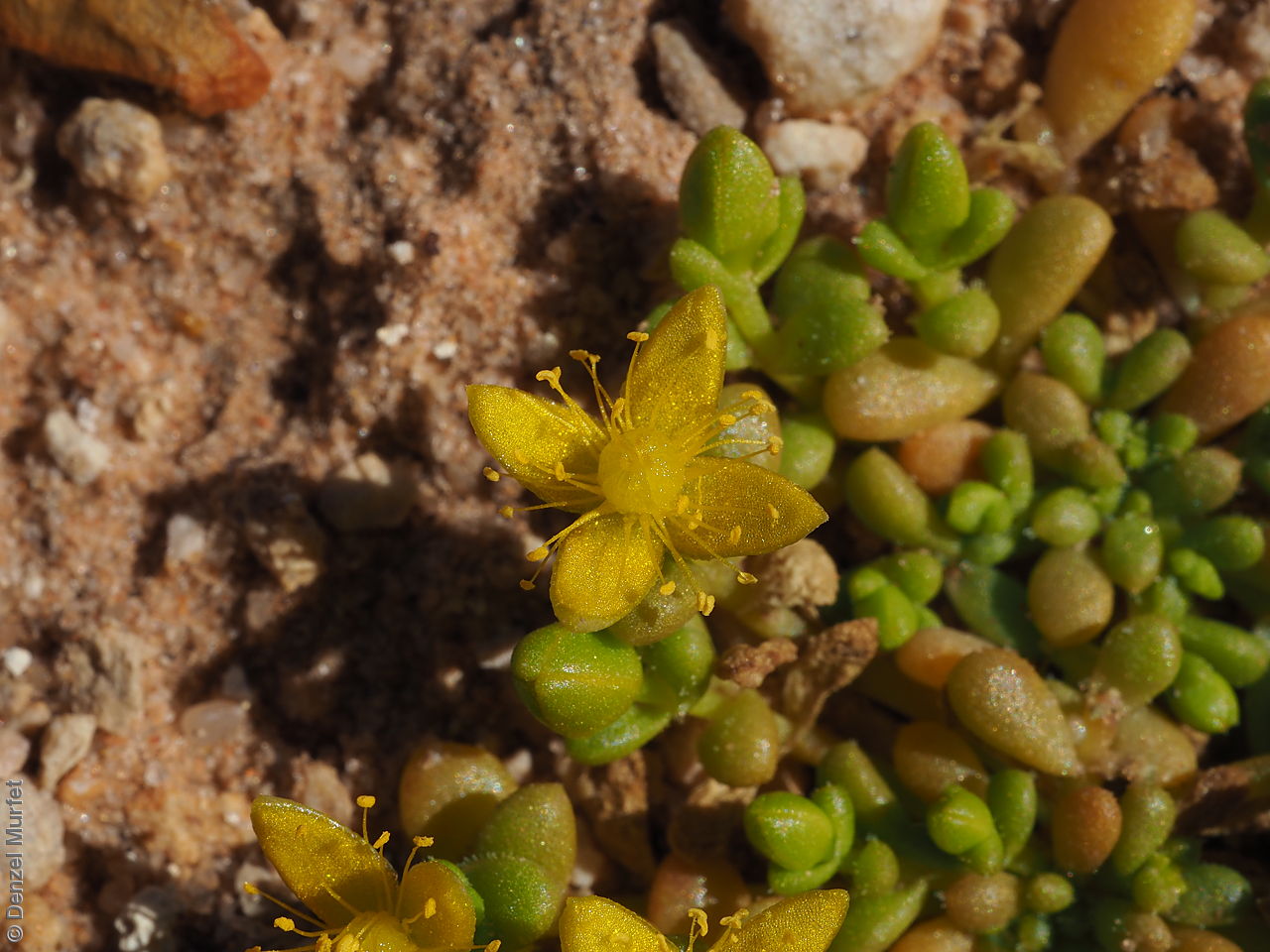
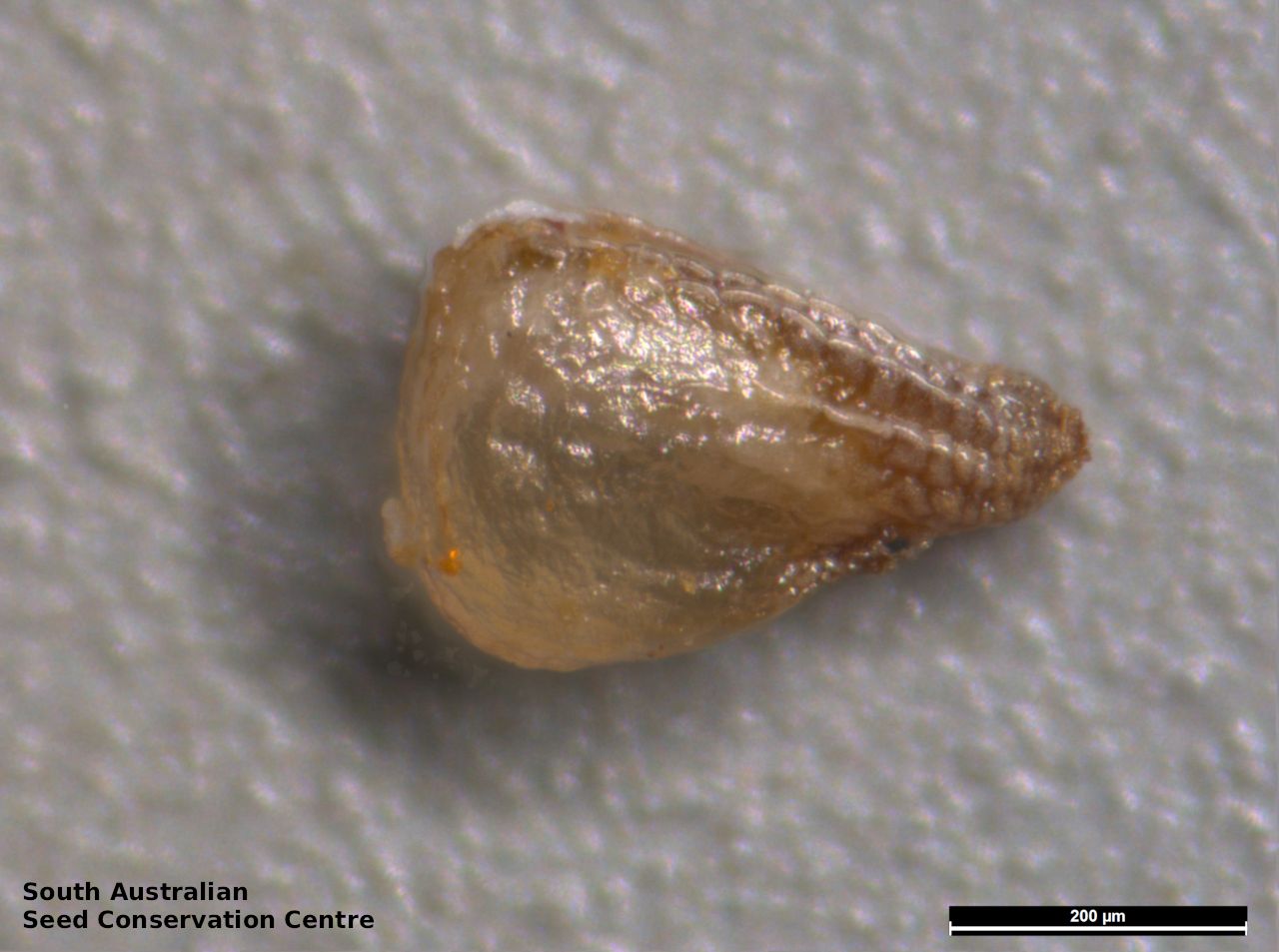
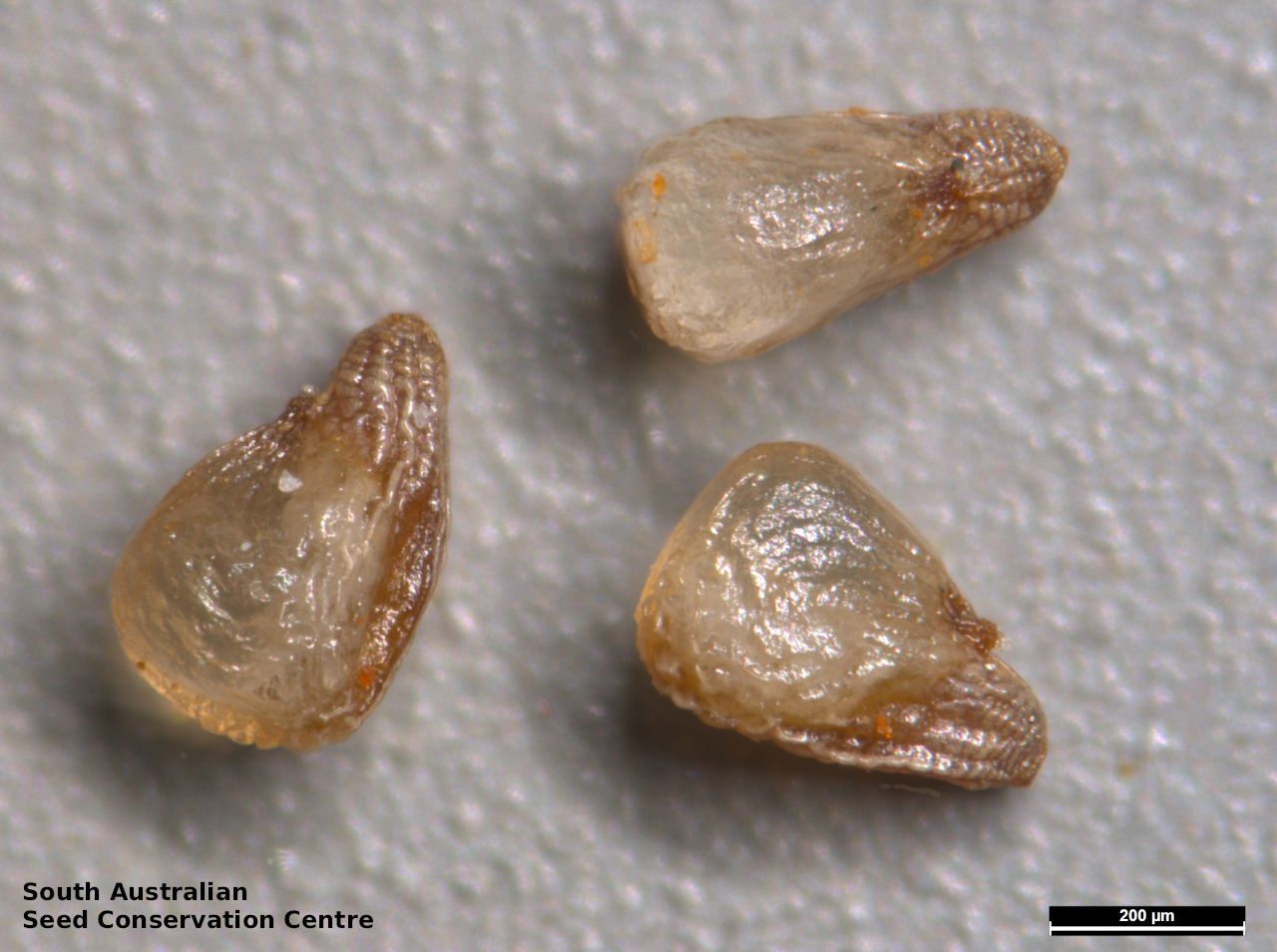
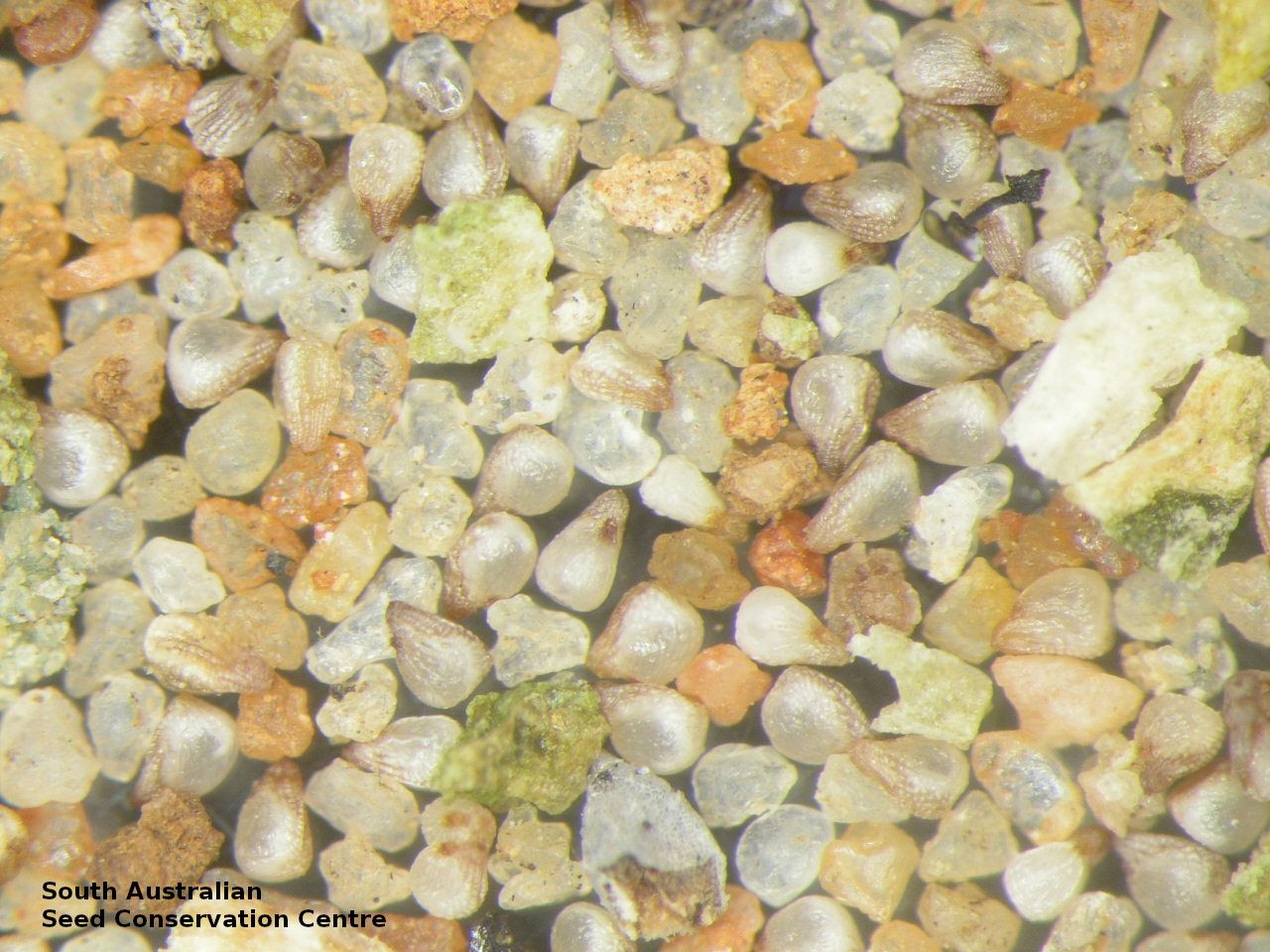
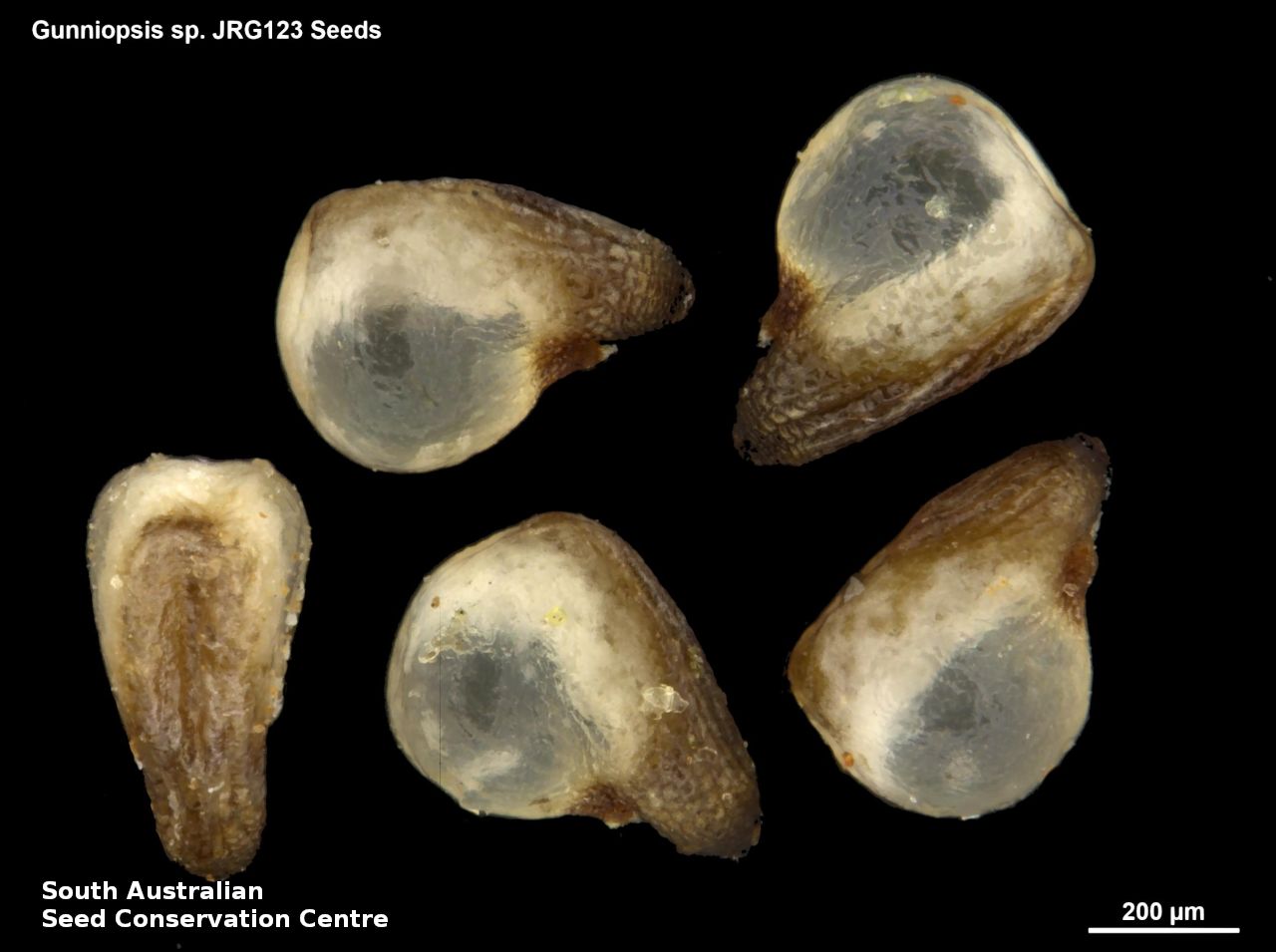

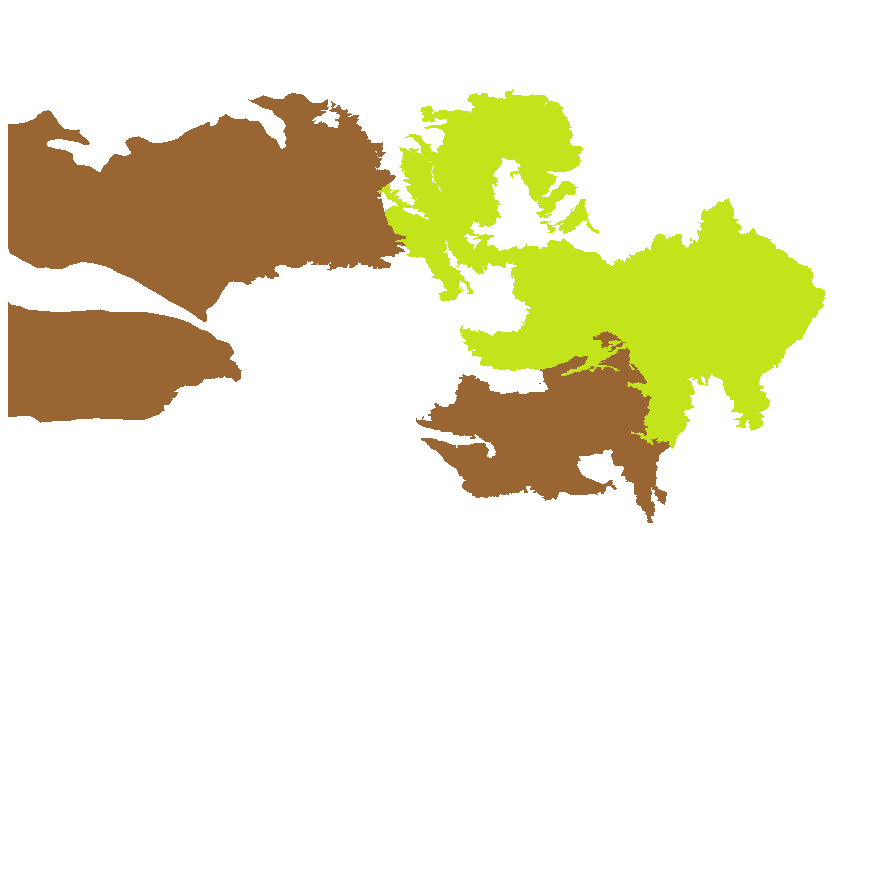
Prior names
Neogunnia septifraga
Gunnia septifraga
Etymology
Gunniopsis from the genus Gunnia, named after Ronald Campbell Gunn (1808-1881), a Tasmanian botanist, and from the Greek 'opsis', meaning resembling, alluding to the resemblance of this genus to the genus Gunnia. Septifraga means to break, referring to the way the capsules break open, where the valves break away but remain attached to the common axis.
Distribution and status
Found scattered across northern South Australia growing in extremely saline areas, along the edges of, or on the damp bottoms of salt lakes, salt pans or depressions. Also found In Western Australia, Northern Territory and New South Wales. Native. Common in South Australia. Common in the other States.
Herbarium regions: North Western, Lake Eyre, Nullarbor, Gairdner-Torrens, Eyre Peninsula
NRM regions: Alinytjara Wilurara, South Australian Arid Lands
AVH map: SA distribution map (external link)
Plant description
Glabrous or sparsely pubescent annual herb; prostrate or erect to 10 cm high. Leaves broadly linear to narrowly obovate; fleshy, to 12 mm long and 5 mm wide. Flowers solitary, greenish, yellowish or white. Flowering between July and October. Fruits are brown ovoid to sub-globose capsule to 4.5 mm long; 4 valves but appearing like 8 valves, tapering to a beak-like apex. Seeds are small light brown ovoid seed to 0.5 mm long, covered with round tubercules. Seed embryo type is peripheral.
Seed collection and propagation
Collect seeds between September and December. Pick mature capsules when they turn a straw colour and contain hard dark seeds. Place the capsules in a tray and leave to dry for at least a week. Then rub the dried capsules to dislodge the seeds. Use a sieve to separate the unwanted material. Store the seeds with a desiccant such as dried silica beads or dry rice, in an air tight container in a cool and dry place. From one collection, the seed viability was high, at 100%.
| Location | No. of seeds (weight grams) | Number of plants | Date collected | Collection number Collection location | Date stored | % Viability | Storage temperature |
|---|---|---|---|---|---|---|---|
| MSB | 28,000 (4.87 g) | 10-May-2007 | RJB71616 Eyre Peninsula | 100% | |||
| BGA | 46,000 (2.49 g) | 50+ | 8-Oct-2010 | TST1063 Lake Eyre | 1-Jan-2012 | 100% | -18°C |
| BGA | 59,500 (2.86 g) | 30+ | 21-Sep-2014 | JRG123 North Western | 1-Jan-2016 | 100% | -18°C |
Number of plants: This is the number of plants from which the seeds were collected.
Collection location: The Herbarium of South Australia's region name.
% Viability: Percentage of filled healthy seeds determined by a cut test or x-ray.